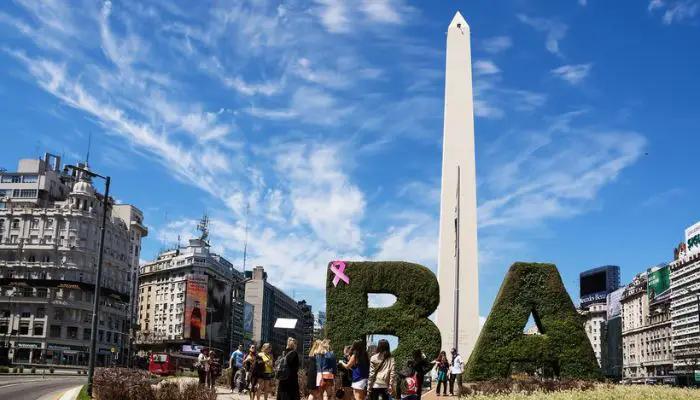Buenos Aires epitomises Argentina in all its elegance and constant bustle. Argentina’s political, economic, and cultural centre, as well as the entryway to the rest of this vast country, is located in Buenos Aires, the second-largest city in South America. Things To Do In Buenos Aires.
With numerous pleasant corners where neat high-rise apartments are intermingled with lovely 19th-century structures, its tiny, tree-lined heart is evocative of Paris. Most first-time visitors are shocked to learn that this large city has kept many of its ancient customs alive. You’ll never get tired of exploring these lovely communities because each of its 47 “barrios” has a unique personality.
The most well-known neighbourhoods are Palermo, La Recoleta, and Belgrano, which are distinguished by their broad boulevards flanked with grand houses, opulent high-rises, and sizable parks. San Telmo and La Boca, with their distinctly vibrant artistic flare, are also enjoyable to explore. Avenida Santa Fe is the city’s most upscale shopping district, while the Plaza de Mayo is the traditional center of entertainment and activity in the city’s central business district.
10 Things To Do In Buenos Aires
Check out this list of the best tourist attractions and things to do in Buenos Aires to learn more about these and other places to visit in the Argentinian city.
1. Palermo and Jardín Botánico
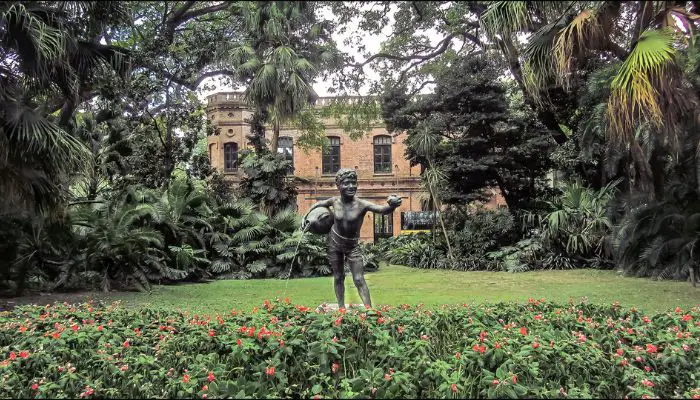
Many of the largest and most well-liked parks in the city are located in Palermo, which is the primary recreation area for Porteos (as residents of Buenos Aires are known). Previously a part of the dictator Juan Manuel de Rosas’ estate, the location is now home to a wide variety of upscale ethnic eateries and cutting-edge fashion businesses.
The city’s top-notch botanic gardens, Jardn Botánico, with their numerous lakes, bridges, and sculptures sprawled across 20 acres of beauty, are also located here. The gardens, which date back to 1898, have 5,000 different flower varieties from all over the world, including many from Argentina.
The French and Italian Gardens, as well as a herb museum and horticulture school, are just a few of the highlights.
2. Art Galleries Old and New
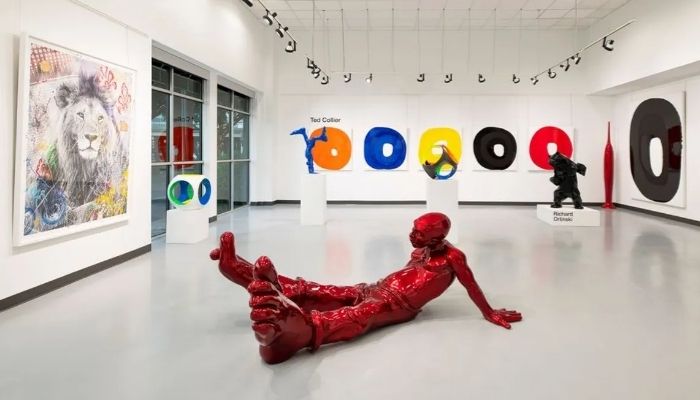
One of the most major artistic hubs in South America has long been known as Buenos Aires. The Latin American Art Museum in Buenos Aires is one of the most recent and remarkable galleries (MALBA). This top-notch museum, which is housed in an outstanding contemporary structure that resembles several interlocking cubes, houses works by contemporary artists from all over Latin America and acts as a cultural hub for the region’s film and visual arts.
Buenos Aires Museum of Modern Art, which is magnificent, is significant to the art world as well (Museo de Arte Moderno de Buenos Aires). It is located in a former tobacco warehouse and features a number of exhibitions by local painters and sculptors as well as ongoing displays by national and international artists, including Salvador Dali.
3. A City of Theaters: The Colón Theater
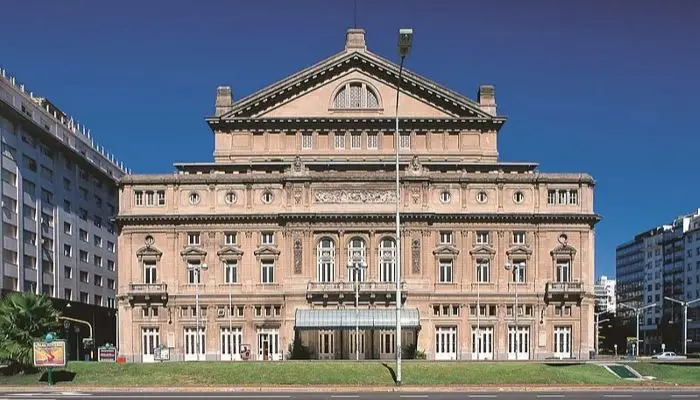
No fan of excellent theatre (or great theatres, for that matter) should miss the opportunity to see one of the numerous exquisite performing venues in Buenos Aires. The Colón Theater (Teatro Colón), a magnificent opera, ballet, and classical music venue built in 1908, is probably the most well-known. It has played host to artists like Callas, Toscanini, Stravinsky, Caruso, and Pavarotti.
Guided tours of the theatre, which is thought to have some of the best acoustics in the world, offer an intriguing look into the inner workings of the structure, from set construction to costume creation (even wig-making). The only way to top it off is to take in a show in its opulent theatre.
A stunning Art Deco movie theatre built in 1937 called Teatro Gran Rex is among the additional entertainment options to check out.
4. The Metropolitan Cathedral
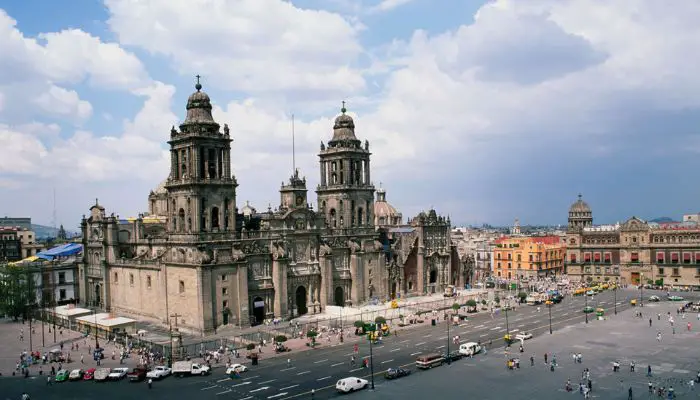
The Buenos Aires Metropolitan Cathedral (Catedral Metropolitana), which faces Plaza de Mayo, has origins that date back to the early 16th century, when the Spanish built one of the nation’s first churches here, even though building on its Neoclassical façade didn’t begin until 1822.
Although it has a fairly unassuming façade, this catholic church has a wonderful Neo-Renaissance and Neo-Baroque interior as well as various significant artworks, including altarpieces and statues from the 18th century. Additionally, there is a Walcker organ from 1871, which is one of the best of its kind and boasts an astonishing 3,500 pipes. The grave of General José de San Martn, one of Argentina’s most respected revolutionary heroes, is also noteworthy in this location.
5. San Telmo and the National Historical Museum
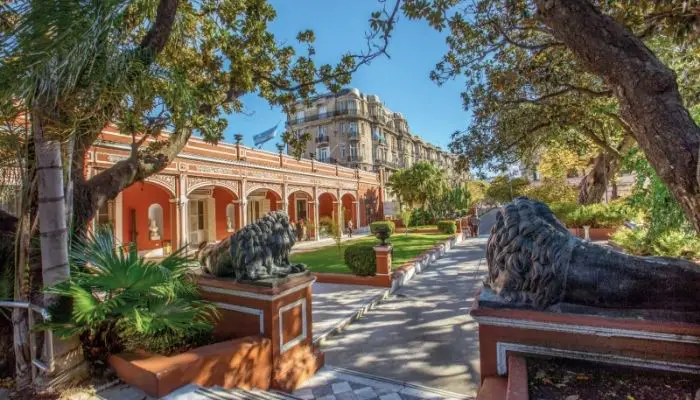
One of Buenos Aires’ more vibrant neighbourhoods is known as San Telmo, where a large number of art studios and fascinating galleries are housed in old colonial-style buildings and small cobblestone lanes. It is a thrill to explore the region, especially during the San Telmo Sunday Market (Feria de San Telmo), an antiques fair that attracts large crowds of enthusiastic shoppers and sightseers alike. The area is also well known for its cafés, tango bars, and boutique shops.
The superb National Historical Museum (Museo Histórico Nacional), with its exhibits relating to Argentina’s past, is the main draw in San Telmo. The museum is home to more than 50,000 objects in total, with its collection of paintings by Cándido López—a pioneer of modern primitive painting—standing out as the most significant.
6. Buenos Aires Cabildo
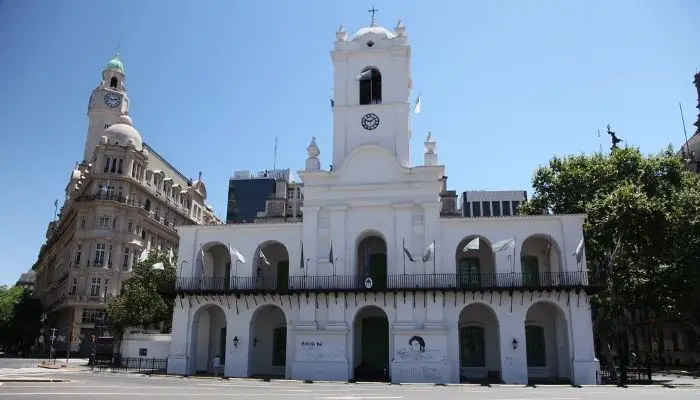
The stunning Cabildo, which is situated in Plaza de Mayo, served as the colonial government’s headquarters and was the focal point of the May 1810 uprising against Spanish control. It was first constructed in 1610 and later enlarged in the 18th century.
Today, the National Museum of the Cabildo is housed in this magnificent building. It features a number of exhibits about the city in the 18th century, including a replica of the city’s first printing press, a display of Jesuit and colonial art, and a large number of old maps and photographs of the city.
The Museo de la Casa de Gobierno, located inside the Casa Rosada, the Presidential Palace, is another noteworthy museum in Plaza de Mayo.
7. Explore La Boca and the Caminito Street Museum
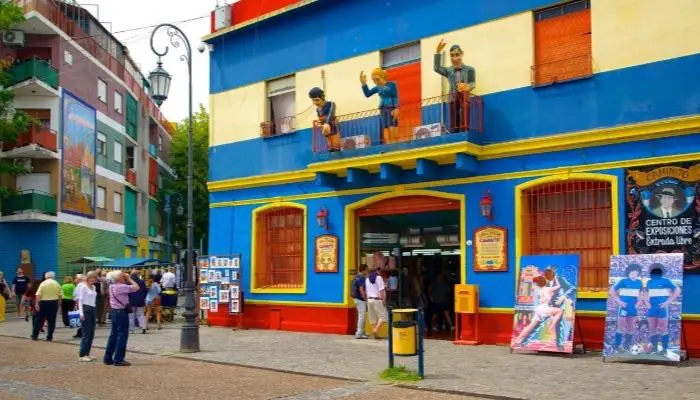
La Boca, unquestionably the most vibrant district in Buenos Aires, is a favourite hangout for creative types and artists, many of whom extend their work into the public realm by adorning balconies and patios with funny sculptures of tango dancers and other characters.
Discovering the Caminito Street Museum, a vibrant pedestrian-friendly area that has served as an open-air museum and art market since 1959, is a big part of the excitement for visitors to this location. This row of colourful, very beautiful buildings, which are painted in a patchwork pattern, features sculptures, high-quality crafts and mementos, and, for the free-spirited, free open-air tango performances.
The Museum of Decorative Arts of Quinquela Martn, which houses an amazing collection of pieces by eminent Argentinian artists from the 20th century, is a little more formal.
8. Visit the Recoleta Cemetery and Museums
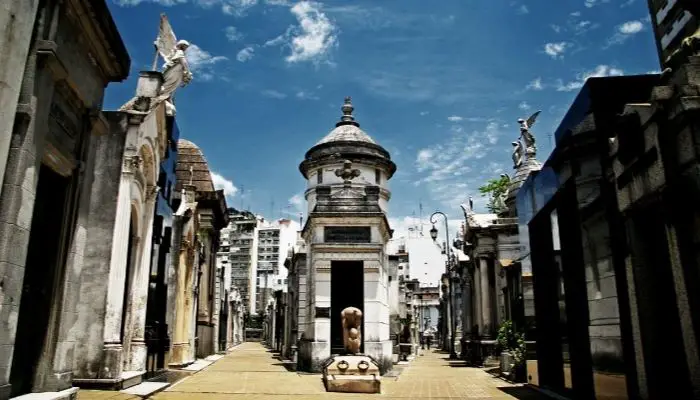
Though the Franciscan monastery that was constructed here about 1716 gave the area its name, the fashionable Recoleta is perhaps most known for its beautiful cemetery. The many magnificent mausoleums that house a true Who’s Who of notable Argentines, including such illustrious souls as Eva Perón, who is currently embalmed in the Duarte family tomb, have long attracted both locals and tourists to the Recoleta Cemetery.
After that, make sure to check out Recoleta’s other attractions, including the Isaac Fernández Blanco Museum of Hispano-American Art, which has a sizable collection of colonial silver, wood carvings, paintings, and costumes. There are also numerous public parks, cafés, and craft shops in Recoleta.
9. Tour the President’s Pink House: Casa Rosada
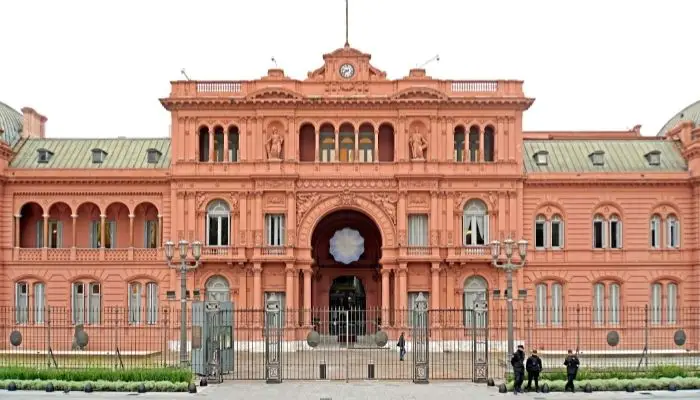
The most well-known of Plaza de Mayo’s many beautiful structures, Casa Rosada was constructed in the middle of the 19th century on land that had previously been home to a 16th-century fort and an antiquated customs house. The official residence of the President of Argentina is Casa Rosada, also known as Casa de Gobierno or the government house, which translates to “Pink House” in English.
This elegant building, which was constructed in the Italianate style, dominates the eastern side of the historic plaza and makes an excellent backdrop for a selfie. This enormous structure not only houses the President and state agencies, but also the Casa Rosada Museum.
10. Plaza de Mayo
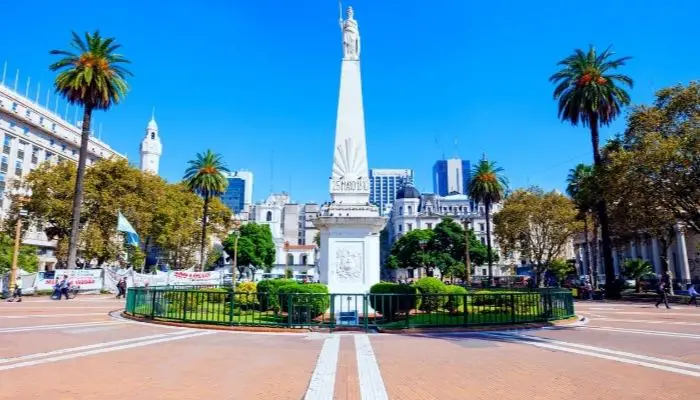
The magnificent old colonial structures seen in Plaza de Mayo are examples of Buenos Aires’ Belle Époque. From the uprising against Spain in 1810 to the ongoing vigils held by the Madres de la Plaza de Mayo (Mothers of Plaza de Mayo), whose children “disappeared” during the military junta’s rule from 1976 to 1983, this charming two-block-long plaza has played host to many significant events in the city’s history.
Therefore, Plaza de Mayo is the ideal starting point for your sightseeing tour of Buenos Aires, allowing you to get oriented while viewing significant landmarks like Casa Rosada. From this iconic, light pink presidential palace, Eva Perón would address the huge masses waiting to hear her speech.

